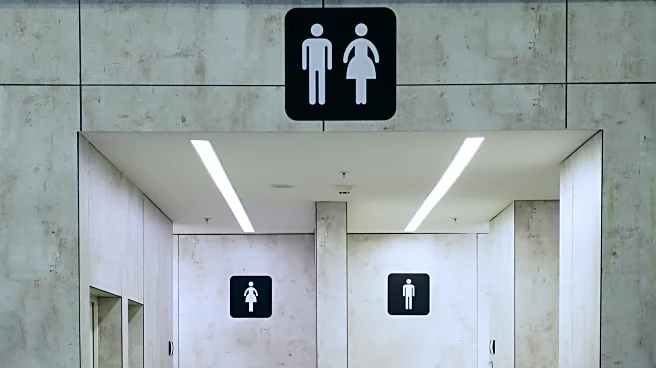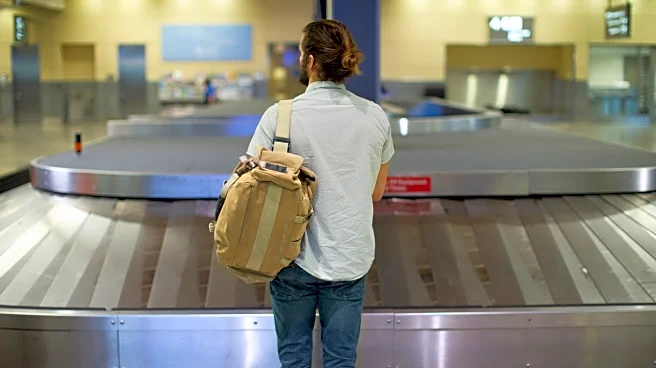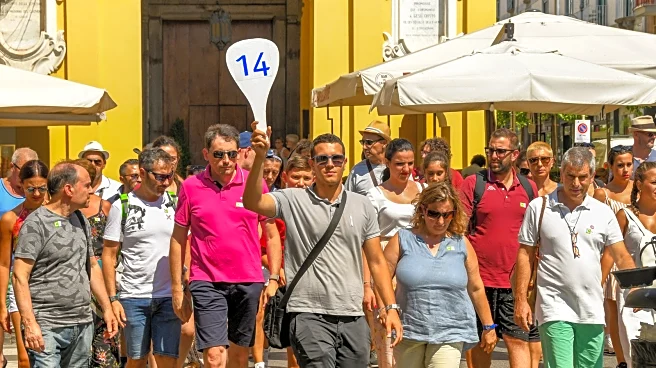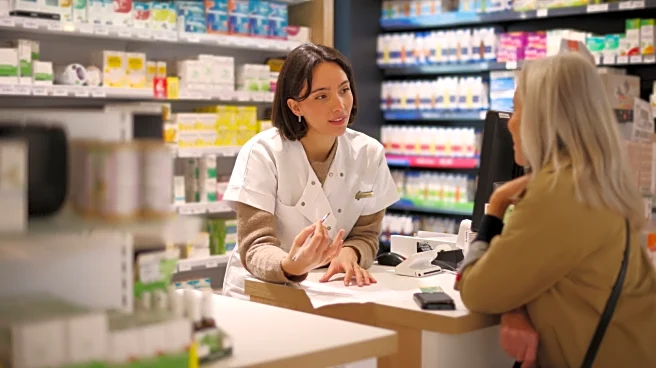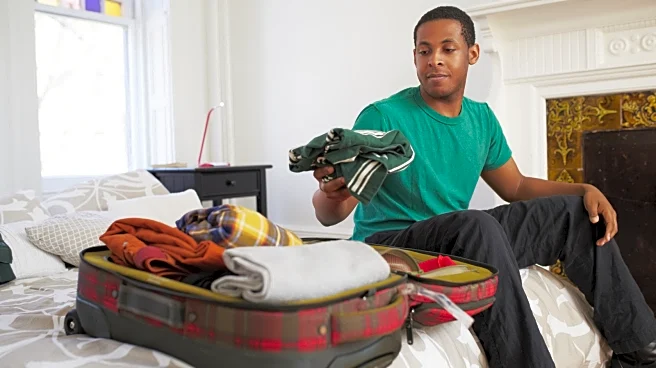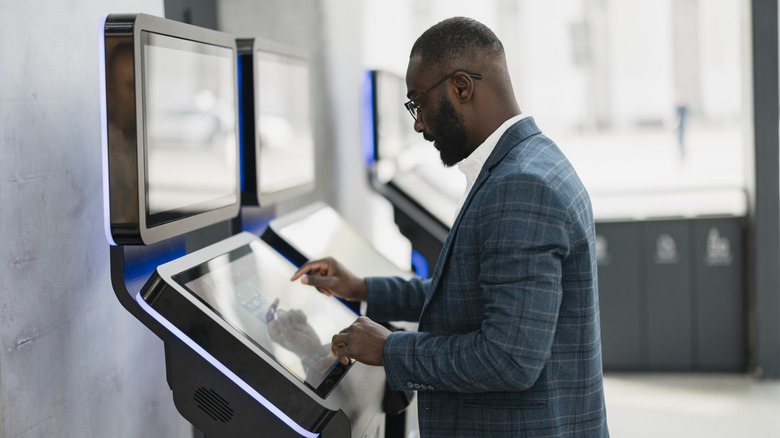
From the dirtiest surfaces in a hotel room to the dirtiest spots on an airplane, there are plenty of disgusting places travelers frequent where germs like to gather. Airports are especially prominent hubs for all types of bacteria, fungus, and viruses, particularly busy ports that see lots of international traffic — who knows what foreign organisms have been spread across public surfaces. That's why you should probably make every effort you can to avoid any spots you don't need to touch. That includes
your airline's self-service kiosks at the check-in counter.
While kiosks offer speed, they're the most germ-ridden surfaces in all the airport, according to a limited study conducted by InsuranceQuotes. Its report found that self check-in kiosks had the largest collection of potentially harmful bacteria, a whopping 253,857 colony-forming units (CFUs) per screen on average. One screen carried over 1 million CFUs during the busy holiday rush. And while the study clarifies that some of these micro-organisms were harmless probiotic or yeast strains, more than half of them were pathogenic. Specifically, 53% of the germs found at the check-in kiosks were gram-positive cocci, "organisms that can create an infection consisting of, containing, or discharging pus," according to the study.
Try stacking those numbers against the average household toilet seat and kitchen sink, which harbor only 172 CFUs and 21,000 CFUs, respectively. Even though kiosk screens may be cleaned multiple times a day, the traffic across them makes them hotspots for species your home has never even seen. Thankfully, many airlines today include hand sanitizer pumps near their kiosk stations — so you may want to start making it a habit to hit one after you've checked in. Otherwise, just bypass these altogether where possible by using mobile check-in.
Read more: What Full-Body Scanners At Airport Security Really Show
Other Germ Hotspots In The Airport
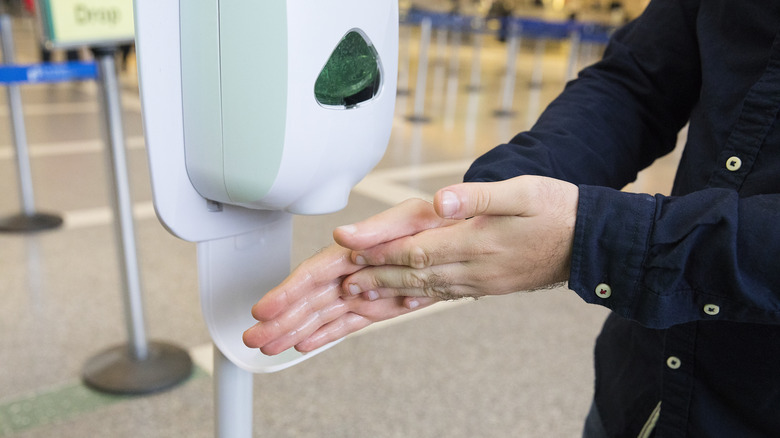
InsuranceQuotes tested a few other frequented surfaces to see how they stacked up against the kiosk screens. Its swabs detected 21,630 CFUs on airline gate bench armrests and 19,181 CFUs on water fountain buttons. The armrests showed the widest diversity of bacteria and fungi strains, with as much as 40% consisting of dangerous gram-negative rods, which are bacteria associated with a variety of infections and other pathogens.
On planes themselves, the study showed an average of 95,145 CFUs per square inch on the lavatory flush button, 11,595 CFUs on a tray table, and 1,116 CFUs on the average seat belt buckle. However, according to flight attendants, the dirtiest parts of planes that you can't avoid are the overhead bins. Specifically the latches may only get wiped down during a deep clean, which doesn't happen that often. They're easy enough to avoid, of course, as long as you're not the one opening the bin where your bag is stored. So think twice before rushing to be the first with your bag down and ready to go before your next time deplaning.
A 2018 study published in the BMC Infectious Diseases journal revealed that TSA security bins were found to harbor respiratory viruses like influenza and rhinovirus. Microbiologists have also conducted studies that found traces of bodily fluids — including urine, saliva, blood, and feces — on airport escalator handrails (via Business Insider). So, perhaps the moral of the story is to just touch as little as possible next time you're passing through an airport. And just in case, carry a travel-size hand sanitizer tube or disinfectant wipes with you to use immediately after contact with high-touch areas.
Ready to discover more hidden gems and expert travel tips? Subscribe to our free newsletter for access to the world's best-kept travel secrets.
Read the original article on Islands.



